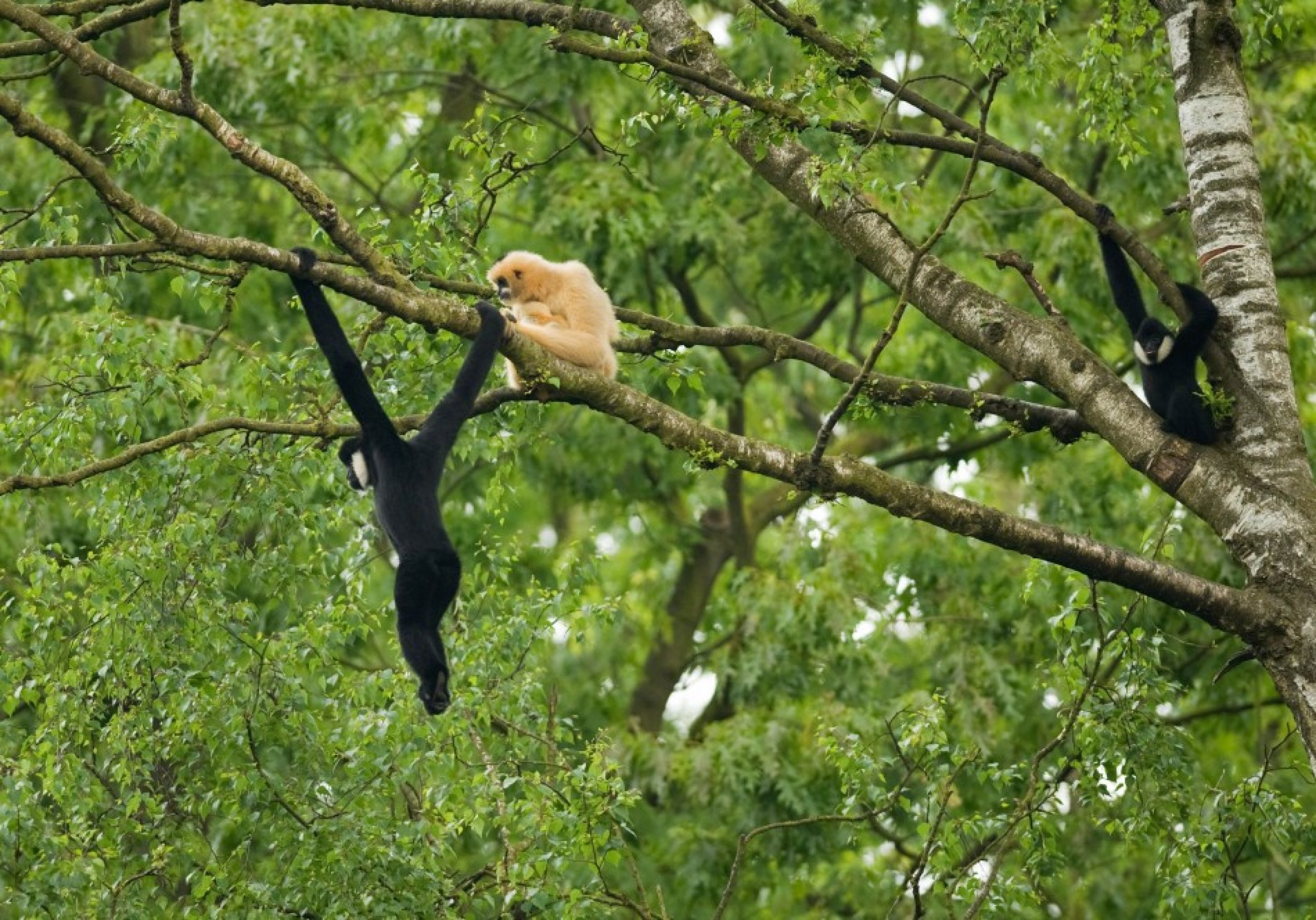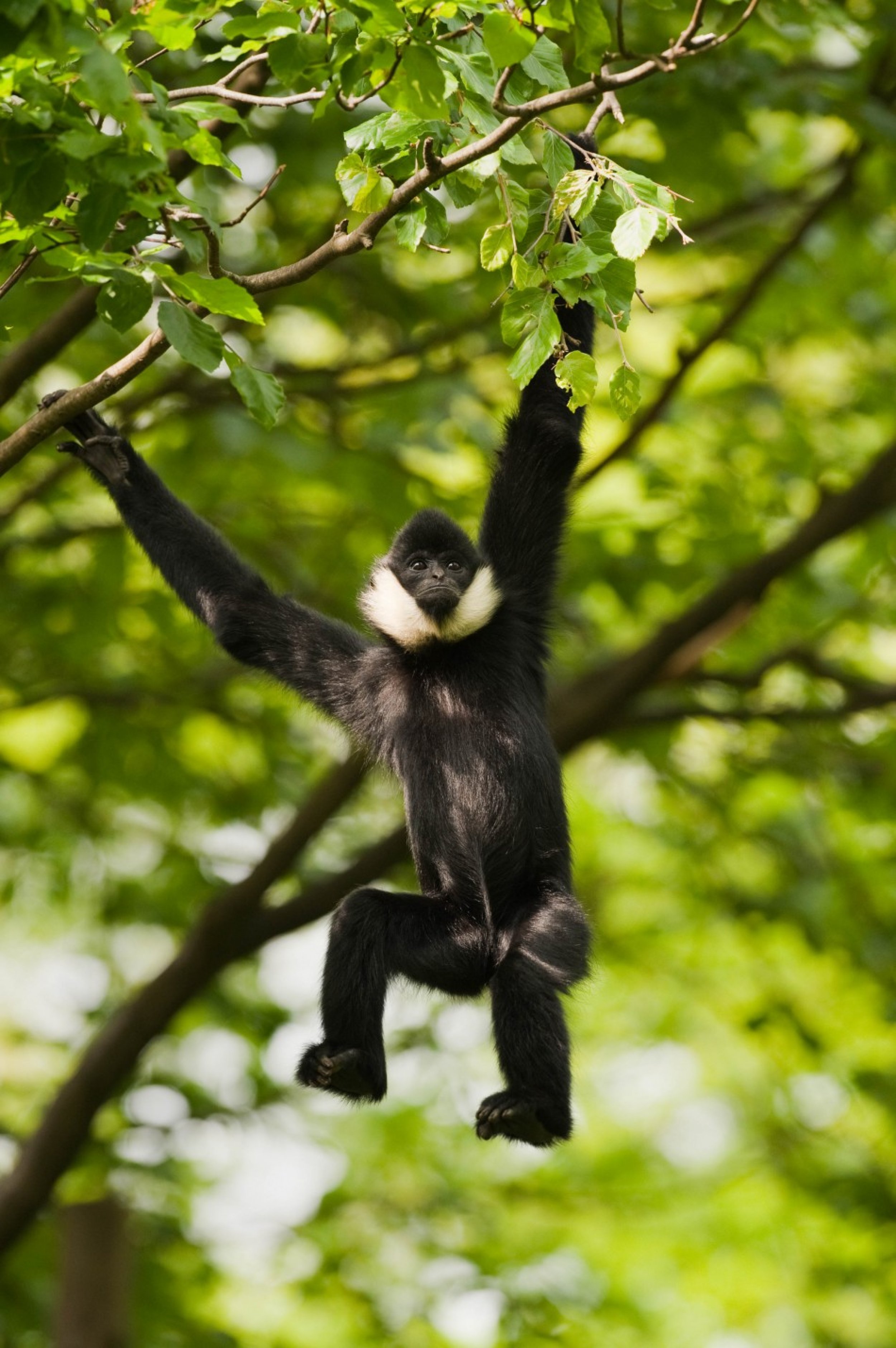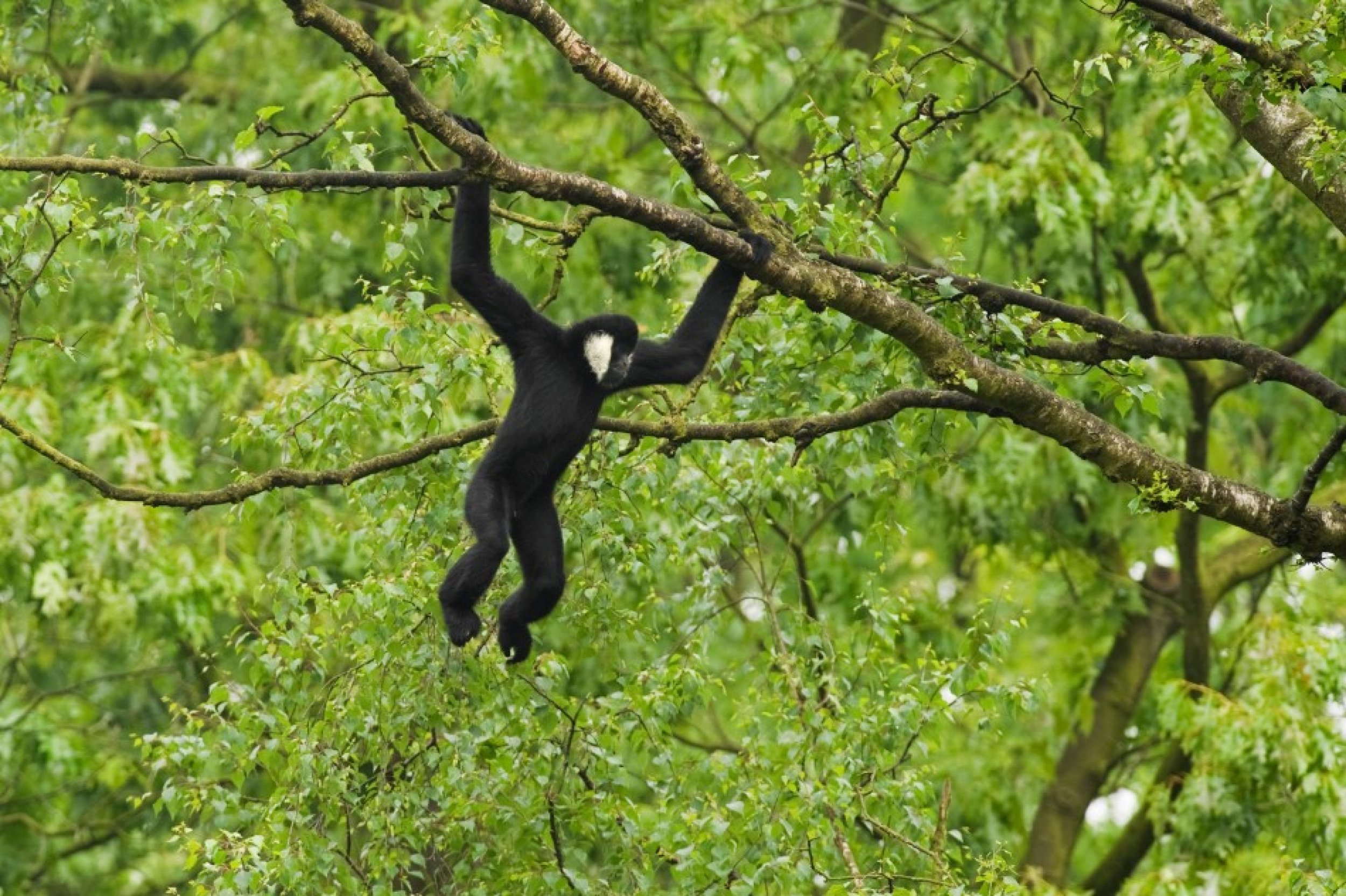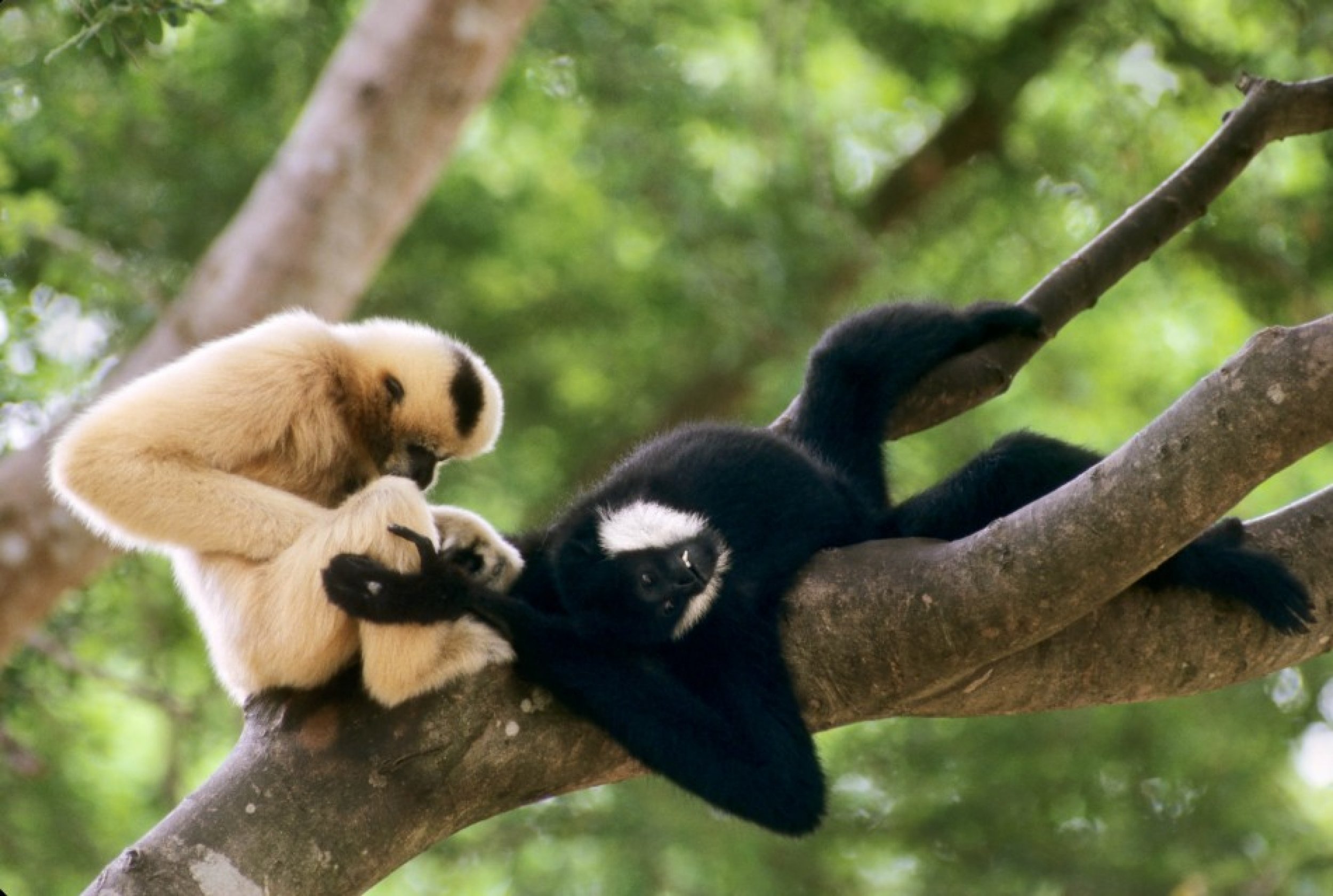Rare Gibbon Population Found in Vietnam Considered the Largest Remaining [PHOTOS]
An auditory survey of an endangered primate's morning call led conservationists to discover the largest known remaining population of the northern white-cheeked crested gibbon in Vietnam.
Wildlife group Conservation International has confirmed that it's a population of 130 groups, 455 animals, which has now become the highest priority for conservation action for the species globally.
All of the world's 25 different gibbons are threatened, and none more so than the Indochinese crested gibbons, eight of which, including the northern white-cheeked gibbon, are now on the brink of extinction, said Dr. Russell A. Mittermeier, chairman of the IUCN/SSC Primate Specialist Group and president of Conservation International. This is an extraordinarily significant find, and underscores the immense importance of protected areas in providing the last refuges for the region's decimated wildlife.
The Primate Specialist Group is a network of scientists and conservationists whose goal is to prevent the extinction of the primate species.
Conservation International said the newly population represents more than two-thirds of the total population of the northern white-cheeked crested gibbon in Vietnam. It is also the only confirmed viable population of this species left worldwide, the group added.
The new population was found in a remote, dense forest, at high altitudes on the Vietnam-Laos border, where they have been isolated from human populations, according to the group. But road development in this area is posing a serious threat to the gibbon's future because this group thrived because of the remoteness of the habitat.
The roads being built will be used to increase border patrols between Vietnam and Laos, and it will cut directly through the gibbon's habitat, Conservation International said, which may give access for illegal and harmful activities such as hunting and logging.
These highly-threatened primates are historically found in China, Vietnam and Laos, and are believed to be functionally extinct in China. The population of that species situation is largely unknown in Laos because of a lack of research, but it is believed that a significant number may still be around.
Conservation International has said the work carried out over the past three years regarding the species in north-central Vietnam yielded sobering results until now, as no population larger than a dozen groups were found.
In 2010, the group changed the focus area to Pu Mat National Park auditory sampling techniques were used to research the area.
Gibbons, or Nomascus leucogenys, are territorial and communicate their boundaries with loud, elaborate and prolonged, Conservation International said.
We are extremely excited about this discovery. Pu Mat was already important for its great diversity of species and for its benefits to the surrounding communities, and now it is a top priority for global gibbon conservation, said Ben Rawson, regional primate expert for Conservation International, who has led the gibbon research project. The fact that we are excited about the discovery of only 130 groups of northern white-cheeked crested gibbons is indicative of the state of this species and crested gibbons generally; they are some of the most endangered species in the world. It's important to remember though that conservation in Pu Mat National Park is vital not just for biodiversity, but for its benefits to people also as this is a watershed which provides water for 50,000 people vital for drinking and agriculture.







© Copyright IBTimes 2024. All rights reserved.












